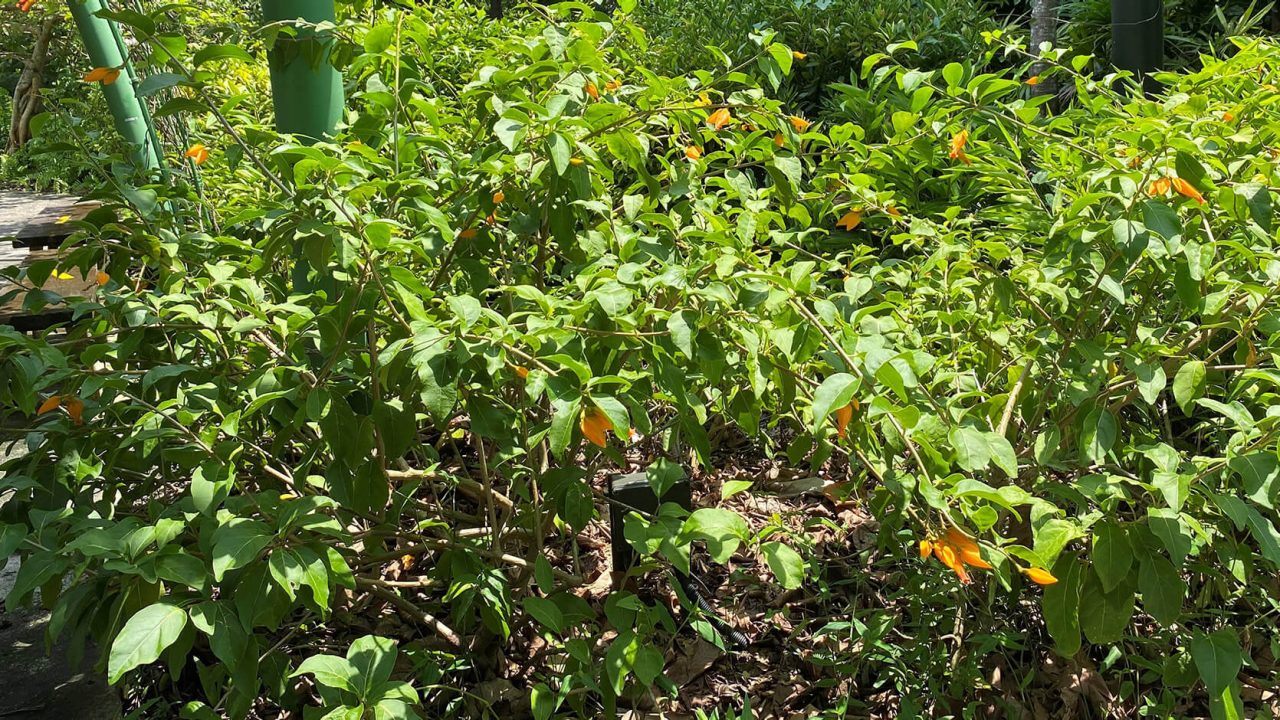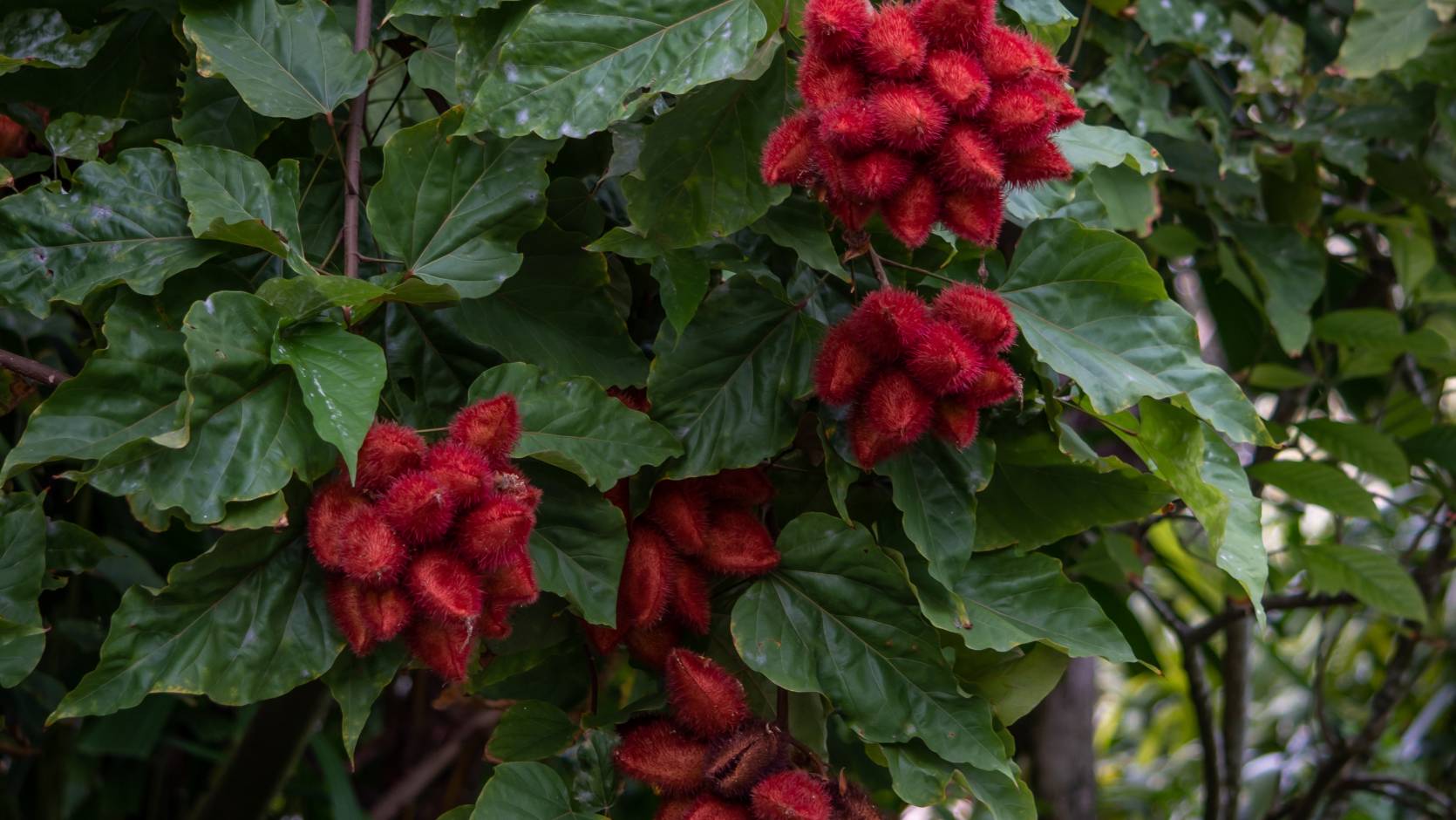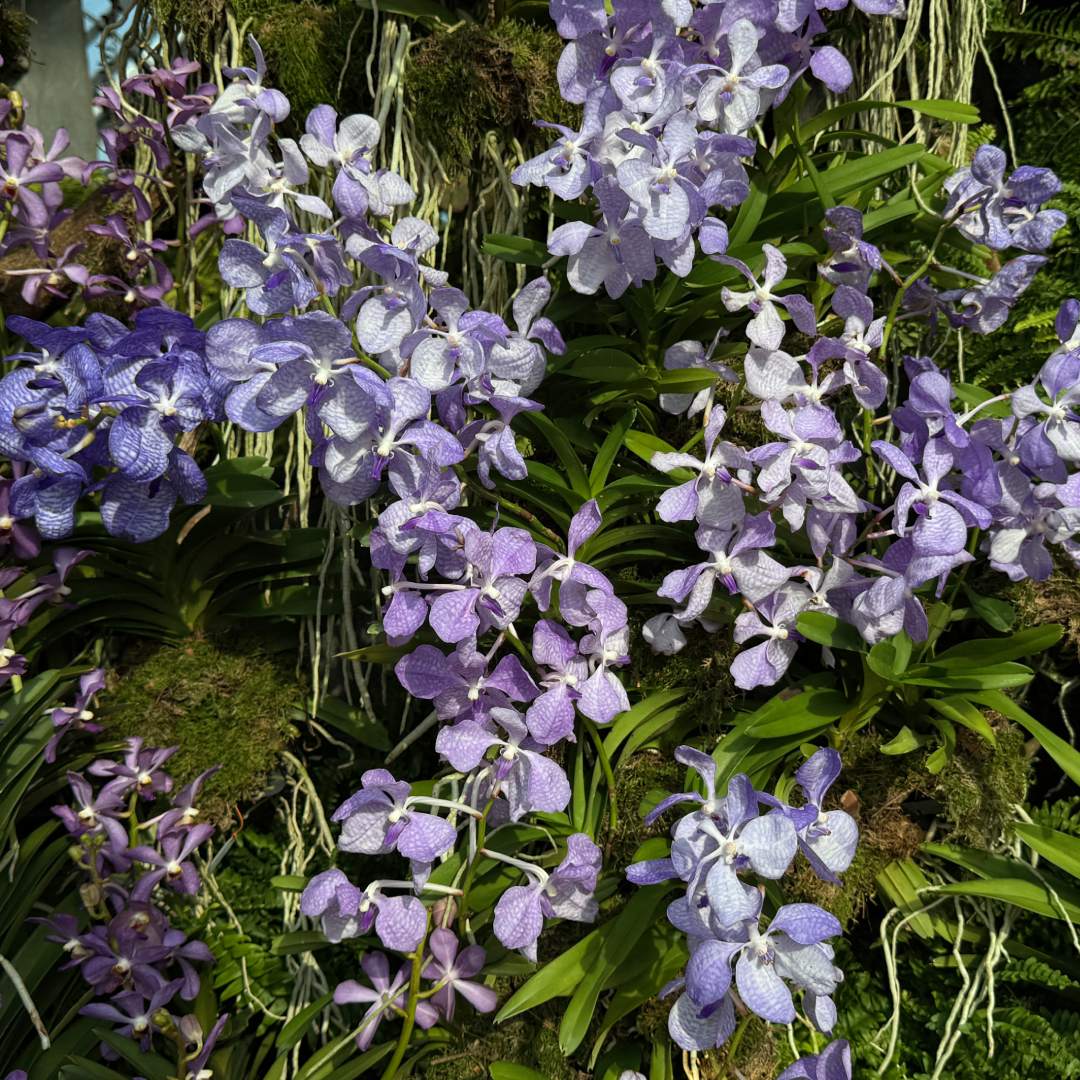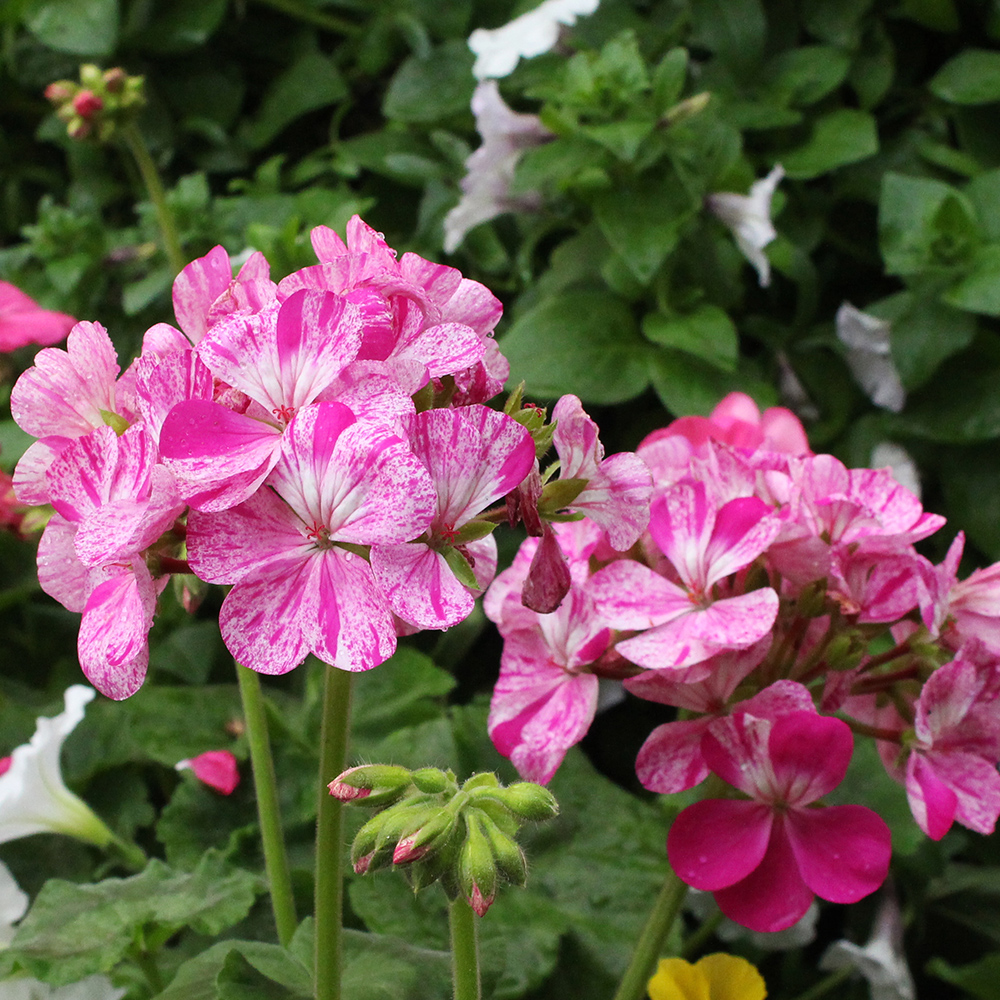Gold Finger Plant (Juanulloa mexicana)
 Juanulloa mexicana is trained as a flowering shrub.
Juanulloa mexicana is trained as a flowering shrub.
Juanulloa mexicana is a flowering plant species naturally occurring from Southern Mexico to Colombia. This hemi-epiphytic shrub or liana grows in tropical deciduous or evergreen forests, from sea-level to around 1700m in elevation. It comes from the Solanaceae family, the same as chillies, tomatoes, eggplants, capsicum and potatoes, although from a different tribe i.e. Juanulloeae.
The genus Juanulloa honours two 18th century Spanish scientists and explorers of South America – Jorge Juan y Santacilia and Antonia de Ulloa. The specific epithet mexicana is derived from Latin word “mexicana” meaning Mexico, in reference to the country where the type species was collected. It was formerly known as Juanulloa aurantiaca (aurantiaca meaning orange), and is frequently sold as the gold finger plant.
 (Left) Brilliantly coloured inflorescence of Juanulloa mexicana. (Right) Side view of the long, tubular flower emerging from the bract.
(Left) Brilliantly coloured inflorescence of Juanulloa mexicana. (Right) Side view of the long, tubular flower emerging from the bract.
As a hemi-epiphyte, the gold finger plant can start out life as an epiphyte and later grow as a terrestrial plant. Seeds deposited in bird droppings sprout and creep their aerial roots down tree trunks till they reach the ground, whereupon the plants grow terrestrially.
Conversely, this shrubby plant can also be trained as a woody vine. Its eye-catching, waxy, bright orange bracts enclose tubular reddish-orange flowers at the tips. The bracts last for weeks but the flowers, which open in succession, each last only a couple of days. The flower shape and colour are characteristic of hummingbird-pollinated plants - i.e. tubular red or orange. Like many other tropical epiphytes, this showy plant has thick, leathery leaves that help reduce water loss. The fruit is a dull yellow berry, likely eaten by birds or small mammals which help disperse the seeds. This woody vine or shrub can be fast-growing but it rewards humans with its brilliant-coloured blooms.
Keep a lookout for this rare flowering plant at Fruits and Flowers garden!
Written by: Ziana Yacob, Senior Manager (Research and Horticulture)
Ziana's fascination with the many wonders of plants led her to study Horticulture. She has been involved in propagating and nurturing in-house plant collections, with a special focus on orchids. Keeping plants thriving is both a rewarding challenge and a continuous journey of learning for her!



